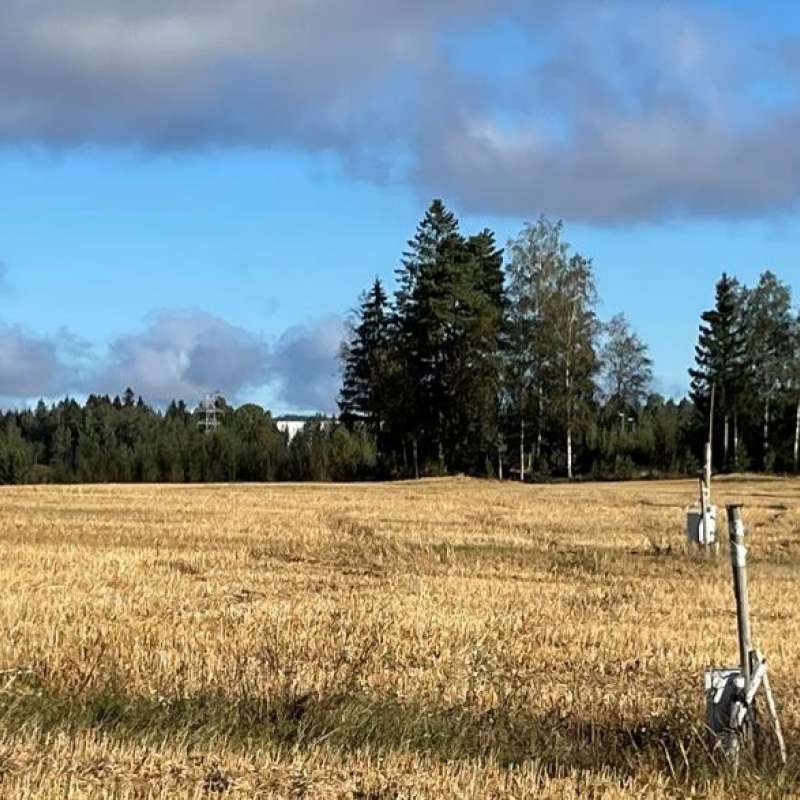Ari Hietala
Research Professor
(+47) 480 28 268
ari.hietala@nibio.no
Place
Steinkjer
Visiting address
Ogndalsveien 2, 7713 Steinkjer
Authors
Jarkko Hantula Malin Elfstrand Anne-Maarit Hekkala Ari Hietala Juha Honkaniemi Maartje Klapwijk Matti Koivula Juho Matala Jonas Rönnberg Juha Siitonen Fredrik WidemoAbstract
No abstract has been registered
Abstract
No abstract has been registered
To document
Authors
Ari Hietala Wilson Lara Henao André Kolsgaard Simon Seljegard Nina Elisabeth Nagy Isabella Børja Tor Arne Justad Yngve Rekdal Even Bergseng Halvor SolheimAbstract
No abstract has been registered

